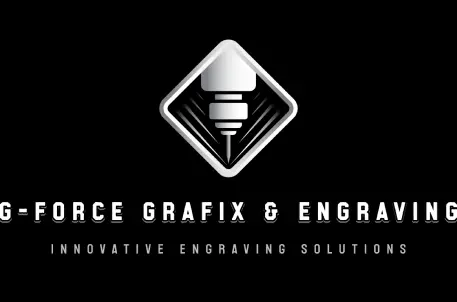The Evolution of Laser Engraving Technology
Laser engraving technology has undergone significant evolution since its inception, transforming from a niche industrial tool into a versatile and accessible technology used in various fields. This evolution is marked by advancements in precision, speed, and application diversity.
Early Beginnings
The roots of laser engraving date back to the 1960s with the development of the first laser by Theodore Maiman. Early laser systems were cumbersome, expensive, and primarily used for industrial applications. These early lasers were capable of marking and cutting materials but lacked the precision and control necessary for detailed engraving.
Advancements in Technology
By the 1980s and 1990s, technological advancements led to the miniaturization and increased affordability of laser systems. The development of CO2 lasers marked a significant milestone, as they were capable of engraving a wide range of materials, including wood, glass, and certain metals.
The Digital Revolution
The digital revolution of the late 20th and early 21st centuries brought about significant changes in laser engraving technology. The integration of computer numerical control (CNC) systems allowed for greater precision and repeatability. Computer-aided design (CAD) software enabled artists and engineers to create intricate designs with ease, which could then be transferred directly to the laser engraver for production.
Modern Innovations
Today's laser engravers are highly sophisticated, benefiting from innovations such as fiber lasers and diode-pumped solid-state (DPSS) lasers. These modern systems offer enhanced power, efficiency, and versatility. Fiber lasers, in particular, are known for their ability to engrave hard materials like metals with exceptional precision and speed. Additionally, advancements in software and user interfaces have made laser engraving more accessible to hobbyists and small businesses.
The Future of Laser Engraving
Looking ahead, the future of laser engraving technology promises further advancements in areas like 3D laser engraving, which adds depth to designs, and the integration of artificial intelligence for even greater design complexity and automation.
Contact Us

